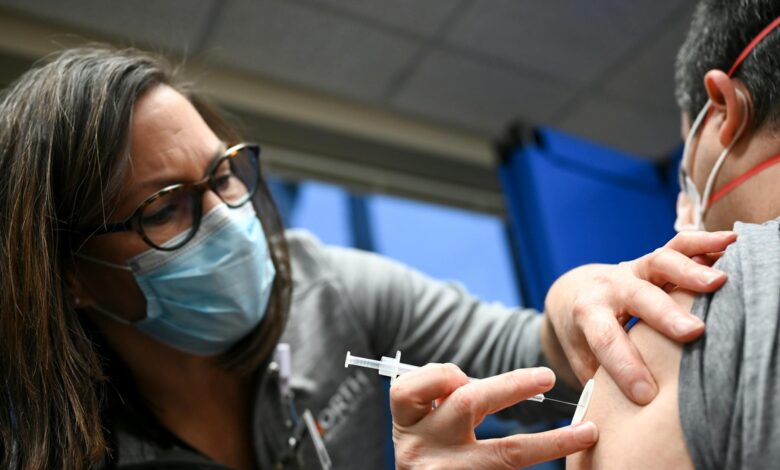COVID on the rise everywhere else — is Minnesota next?

[ad_1]
Minnesota is one of only five states where COVID-19 isn’t measurably increasing right now, but it might only be a matter of time, because Independence Day has been a flashpoint for viral activity over the last four years.
Family gatherings and holiday celebrations present opportunities for the spread of the coronavirus that causes COVID-19, especially the latest variants that can overcome immunity levels in people with prior infections and vaccinations, said Stephanie Meyer, a supervisor for the COVID epidemiology section at the Minnesota Department of Health.
People who are sick should err on the side of caution and avoid close contact with others, even if they’re unsure whether their symptoms are from COVID or common colds or the high grass pollen levels that triggered allergies this week, she said.
“If you’re thinking about visiting your grandma in the nursing home, or someone who is immunocompromised, it’s a good idea to stay away if you’re not feeling 100%,” she said, “because that’s how outbreaks happen. That is how people transmit disease to people who can’t fight it off.”
COVID risks are nowhere near what they were during the three years of the global pandemic. Viral levels detected in Minnesota wastewater in late June were slightly higher than they were at this time last year, but they were one-tenth of the viral levels found during the last significant wave of illnesses in February 2023.
Even so, more than 330 Minnesotans with COVID were admitted to hospitals in June, when the infectious disease was linked to at least 16 deaths, mostly in seniors, according to a state update on Wednesday. COVID in the post-pandemic era has remained more severe than influenza. The state reported 165 flu-related deaths from October through mid-May compared with 957 COVID deaths in the same timeframe.
COVID levels bottomed out in late June in three of the last four years, but levels increased sharply after Independence Day in 2020 and 2021 and rose gradually after the 2023 holiday.
Holiday gatherings aren’t the only explanation, though, especially considering that many occur outdoors where viral transmission risks are lower, Meyer said. COVID cases have historically peaked each winter, and immunity following infection seems to fade in six months, she noted. That leaves people vulnerable once again by midsummer.
Meyer said she expects more infections in the coming weeks, following the case growth reported by the Centers for Disease Control and Prevention in 44 other states. Saliva samples from infected patients in Minnesota are finding more of the so-called FLiRT coronavirus variants that already have been causing problems in southern and western U.S. states.
The CDC in late June encouraged people to seek existing vaccines, which were made to confront other variants but still appear effective at reducing infection-related hospitalizations and deaths from the latest variants. New vaccines are expected in the fall. More than 780,000 Minnesotans are up to date on COVID vaccine recommendations, but that represents only 14% of the eligible population.
[ad_2]
Source link




